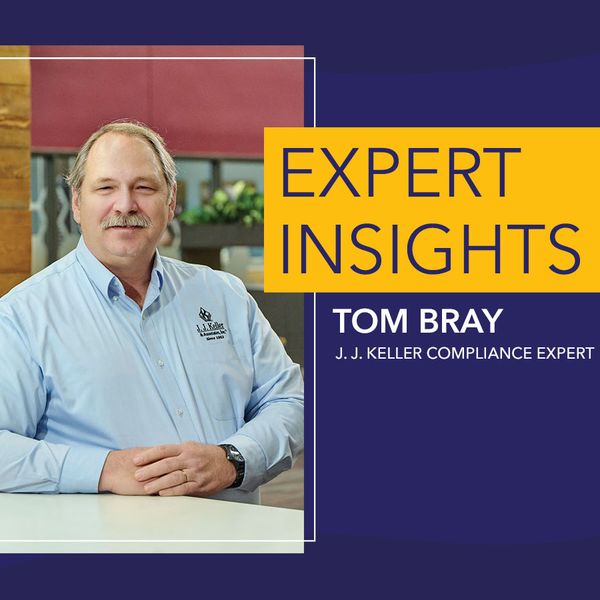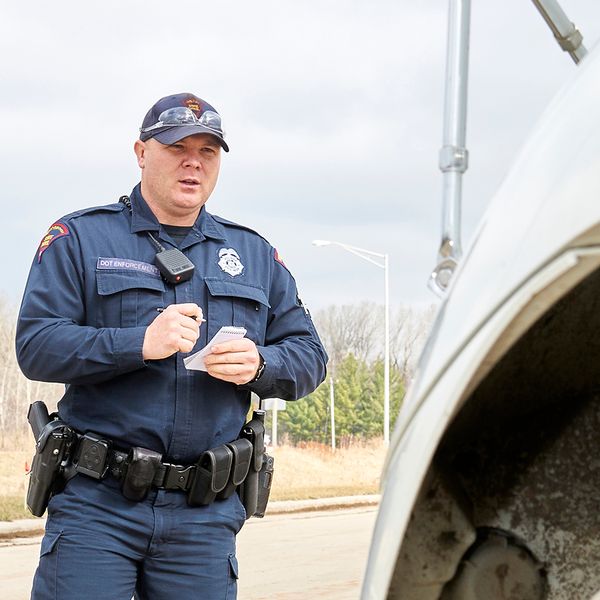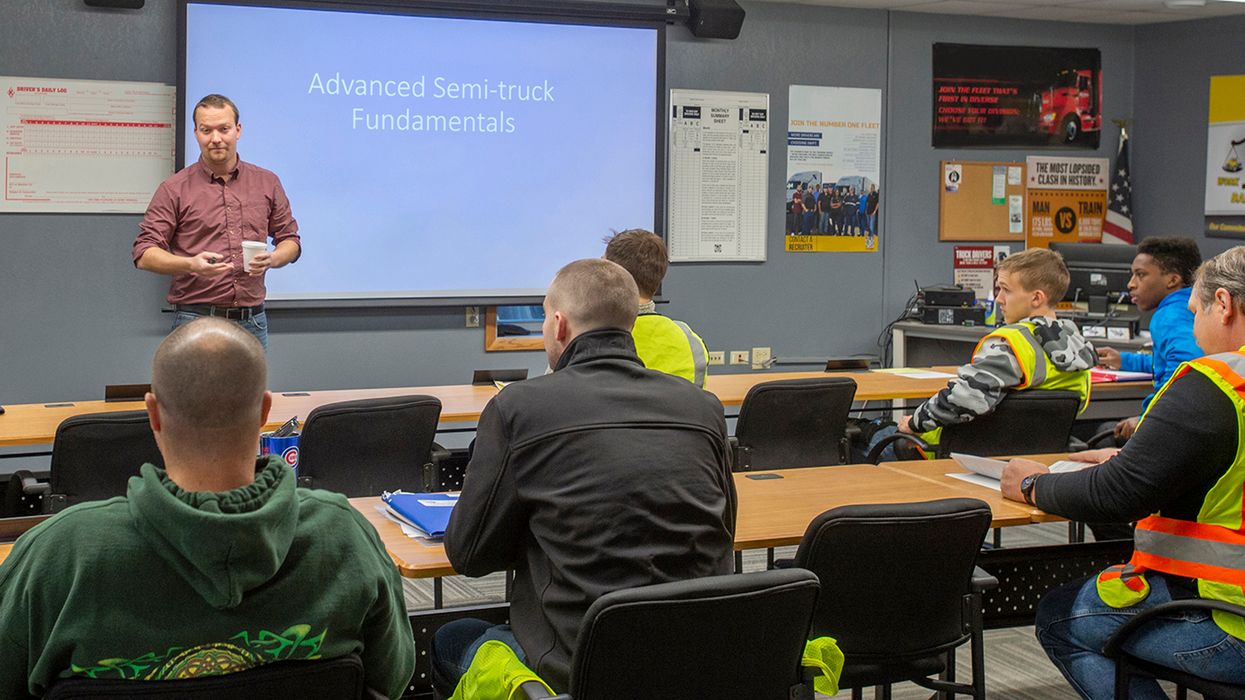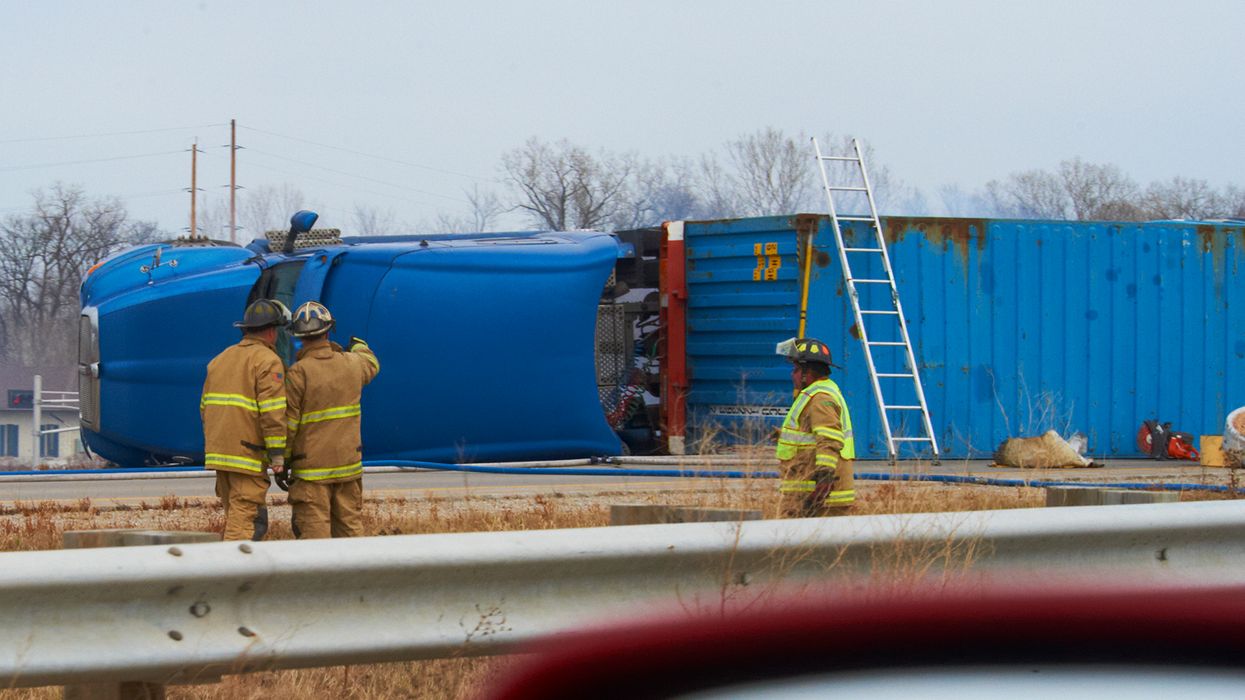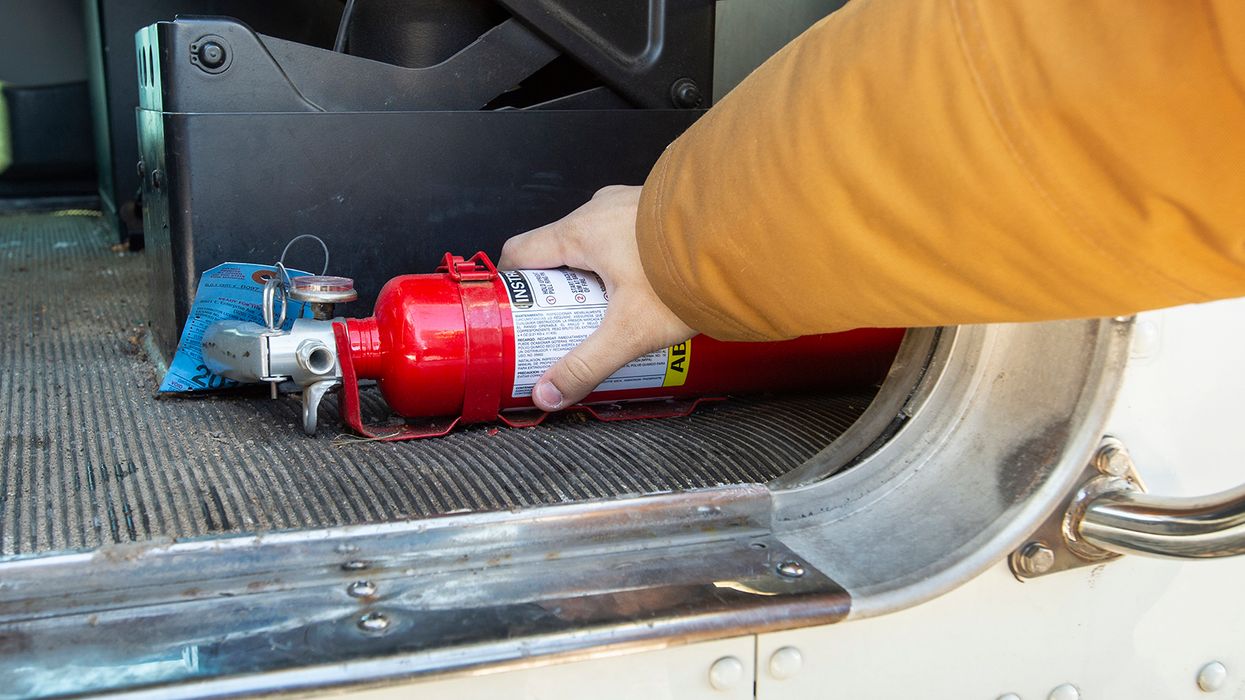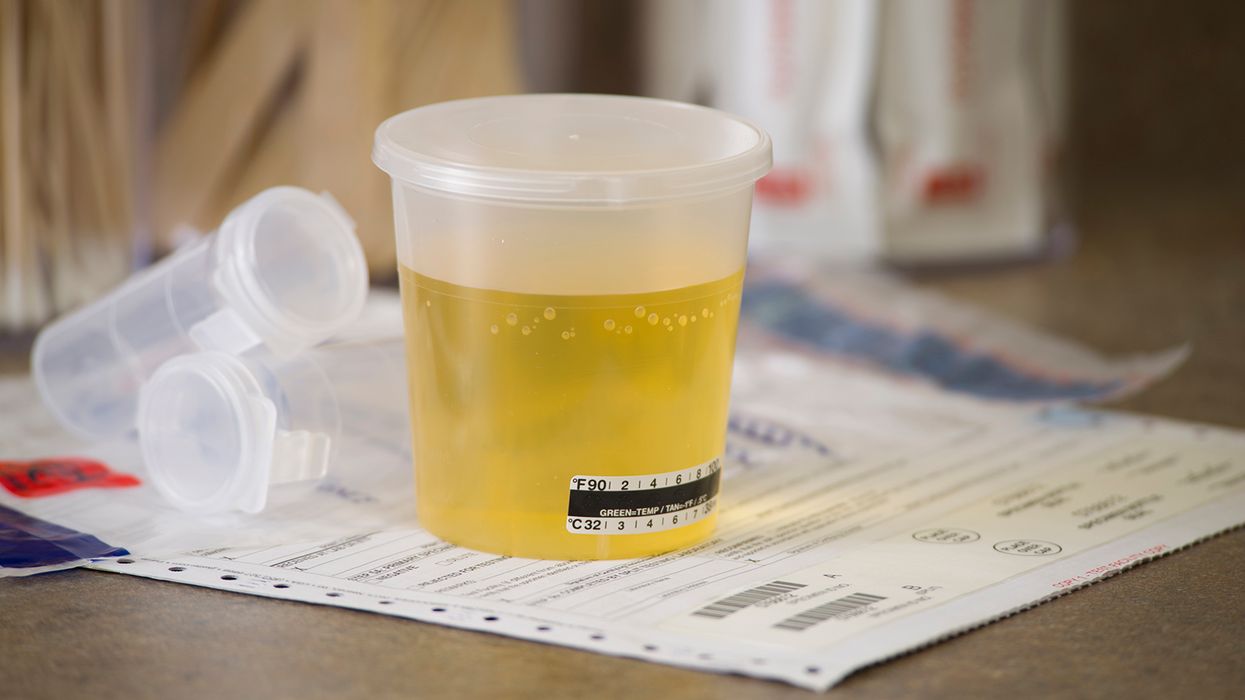Light violations can be prevented
According to Federal Motor Carrier Safety Administration (FMCSA) roadside inspection data, more than 392,000 of the roughly 1.5 million vehicle violations recorded on roadside inspection reports so far in 2022 involved lights and/or reflectors.
In other words, light and reflector violations have accounted for a whopping 26 percent of the vehicle violations so far in 2022.
How can a carrier prevent these violations? It is not easy, but it can be done. Carriers that are successful at avoiding these violations do the following:
Understand the regulations
The first step is making sure your drivers and technicians know and understand the light regulations (found in Subpart B of Part 393). There are a lot of myths and rumors related to the required lights and reflectors. To address a few of these:
- Yes, one required light being burned out is a violation (see the table in 393.11 for the list of required lights).
- Yes, there are times having one light of a specific type burned out can lead to an out-of-service order.
- Yes, vehicles are still required to have reflectors or reflective materials at specific locations.
Maintenance
Checking the lights and reflectors should be included in all maintenance inspections and maintenance activities. In other words, any time a technician looks at a vehicle (for any reason), the lights and reflectors should be checked.
Drivers
Train your drivers to do good inspections (pretrip, en route, and post-trip). When it comes to the en route inspections, instruct drivers to do them whenever the vehicle is parked and to always include the lights. Next, insist drivers do the inspections.
Quick action
Take quick action when a driver reports a light is out. Quick in this case means getting the light fixed as soon as possible at a shop that can do it quickly. To assist with this, some carriers train their drivers on how to change lights and provide spare bulbs in the vehicles so the driver can quickly replace a light.
Accountability
Whenever a light violation is written, determine the maintenance personnel and driver involved. First, look at the maintenance record of the vehicle. Was it in for maintenance recently and did the technician check the lights?
Next, look at the driver involved. Has the driver had past incidents of light violations? Is the driver’s roadside violation record better or worse than other drivers at the company? Let both the technician and driver involved know that you are tracking these issues, and that avoiding violations is everyone’s responsibility.
Key to remember
Light violations can be avoided, but it does take effort.




